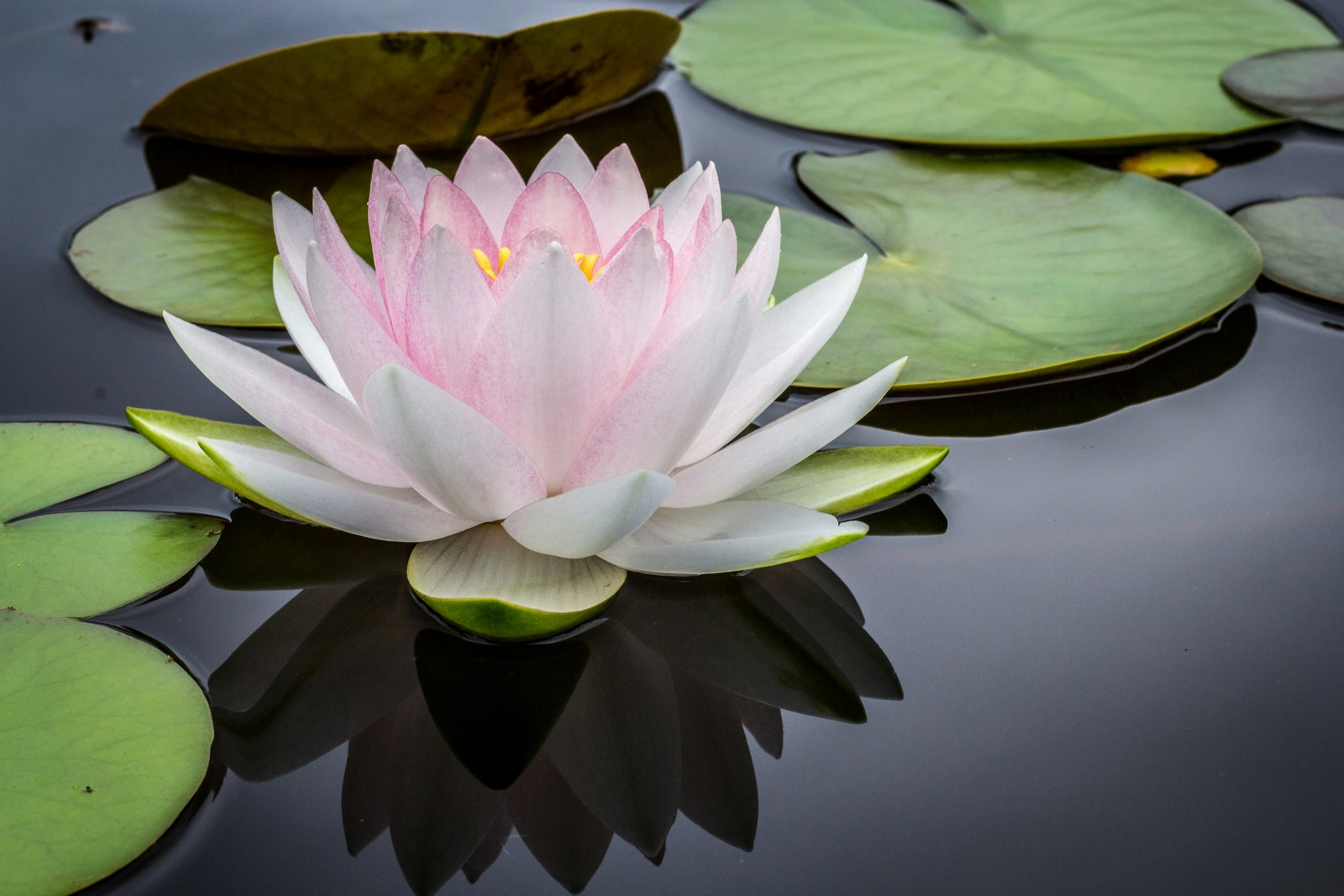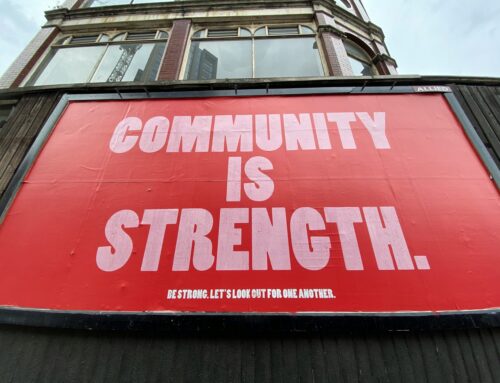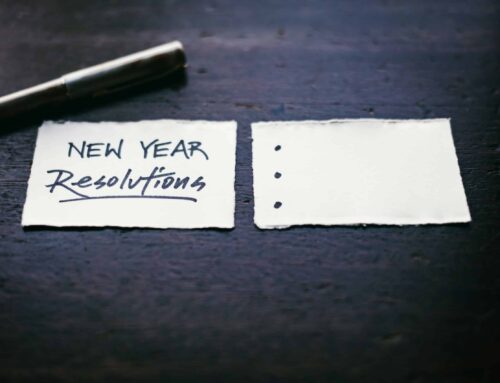Hello, dear friends, and happy September to you! Does this time of year find you in the throes of back-to-school? Are you freshly back from travels? Or perhaps the shift out of summer simply means a continuation of your work, whatever work that may be? No matter what your situation, I hope you find yourself in a place of contentment and peace of mind. For me, personally, September is the true New Year, and I watch my kids embark on a fresh school year of growth and change. They’re both champing at the bit to evolve, to go toward change, and to race ahead toward what they want. I feel their impatience and I understand it. Classes are hard! Waiting is hard! It’s fidgety and uncomfortable to feel stuck in (what feels like) limbo, and the word “patience” can be really irritating when we don’t feel like being patient.
As children, we’re told to be patient over and over again. In the car, sharing with our friends, wanting to open a birthday present, or, yes, just waiting to be older. What we were really being told is to wait without fussing. In our culture, “be patient” really means “sit quietly and don’t complain until this unpleasant situation passes.”
 We grow up with the understanding that patience is, essentially, enduring an unpleasantness until it ends. Then and only then do things feel better again. We have to wait patiently until things suit our desires better than they do now. We depend on a change of circumstances to ease our discomfort, and until that happens, we’re stuck with the discomfort.
We grow up with the understanding that patience is, essentially, enduring an unpleasantness until it ends. Then and only then do things feel better again. We have to wait patiently until things suit our desires better than they do now. We depend on a change of circumstances to ease our discomfort, and until that happens, we’re stuck with the discomfort.
And, of course, there ARE times when things are unpleasant. Sometimes really unpleasant. We as adults know that all too well, and we accept this knowledge logically. But do we accept it emotionally? This varies case by case, of course, but I feel curious about the emotions we experience as we try to be patient. Frustration! A lack of justice! Things shouldn’t be this way! I can’t take this anymore! Ugh! These unpleasant feelings might be totally accurate and justified, but do we have to suffer like this during times that require patience?
In some eastern practices, patience is viewed quite differently than simply “endurance of unpleasantness.” With a shift of attention, it’s possible to find ourselves empowered to change how we feel when circumstances aren’t to our liking. We are totally capable of cultivating this power in our lives, and it can be applied to almost any circumstance.
The first step in this process can be a difficult one: accept the current reality of your circumstances. If something is here, happening, true, and not changing anytime soon, then that is reality. If you are in a traffic jam, you are in a traffic jam. If your boss isn’t paying you as much as your coworker, your boss isn’t paying you as much as your coworker. If your partner is uncommunicative, your partner is uncommunicative. I’m not saying you have to like it or think it’s ok, but I am saying that acknowledging the reality of your situation is an important step that should not be skipped. If you skip it and simply revel in your anger, then you’ll probably find yourself stuck in your anger. Railing against reality doesn’t change the reality! Take a moment and say “here I am, stuck in this reality, and it’s really uncomfortable.”
The next step is to go toward that discomfort. This can feel hard too, and it takes practice. The external circumstances are a VERY attractive place to put our attention, due to the simple fact that they’re outside of us and much, much easier to focus on (or rail against). Softening our hearts toward our own discomfort can feel very new, and it can feel very vulnerable. But just as our hearts might soften toward a crying puppy, our own pain will benefit from attention and caring.
If, in a moment that requires patience, you can pause for a bit and breathe, you have the capacity to tend to your feelings.
Pause, take some breaths, and turn your attention toward your physical body. Where is there tension? How is your heart rate? What’s happening with your breathing? Is your stomach in knots? Can you take a moment to unclench? To find the physical representation of your emotional state and give it a moment to get un-knotted?
Once you’ve tended to your physical experience, you’ll probably have more space around your emotional state. Keep breathing comfortably, and check it out. What are the feelings? What are the ideas that you might be clinging to? Can you name them?
Frustration (breath). Fury (breath). Fear (breath). Caring (breath).
To find the fear, the sadness, essentially the caring behind the frustration and anger is to tap into the part that needs tending to. Without judgment (and this part is important – no judging, please!) can you investigate those feelings of caring? What’s there? What is tender? What needs your nurturing? Can you be with it, just like you’d be there for a friend in need? You don’t need to fix it or avenge it, you just need to not leave it all alone in its struggles.
Like the external reality, this underlying emotions are here, they’re real, and they need acceptance.
And this, my friends, is the bulk of the formula for viewing patience in a different light and for easing some of the suffering we experience. It’s not about railing against our circumstances, and it’s not about sitting passively as those circumstances do their thing. If, in the moment, we cannot change our external situation, we still have the power to ease our internal situation. This is where our power lies!
“But wait,” I hear you say, “that doesn’t sound like it’s going to make me feel better either!”
If this is the case, I invite you to try it anyway. If you really pursue this practice and it is utterly useless to you, then go ahead and leave it behind. But if it sounds interesting, give it a go and see what happens! With repeated and sincere effort, I feel curious about how this practice might change your relationship with patience and with your ability to feel safe in uncomfortable situations. Trust me, life gives us plenty of opportunities to test this out!
And, like any internal practice that takes time and practice, guided support can make all of the difference. To have a trained person see your efforts, reflect back your best intentions, and keep you on your path can be the critical factor in seeing real change in your life. I’m here for you in this capacity, and we can apply this practice to just about any challenge you face in your life. This is where my training lies, and where my heart lies. It’s my job to see your sincerity, your determination, and your hopes, and to work side by side with you to help you strengthen them all.
The best way to get the ball rolling on this is to schedule a complimentary, 20 minute consultation with me to see if coaching with me would be right for you. The consult is just a pleasant conversation in which you ask me questions, tell me what you want me to know, and generally see if you want to move forward in working together.
If you have a child or a special person in your life who is in the LGBTQIA+ community, and you want to better your support and relationship with them, I am 100% there for you in that, too. Check it out on my other website, coachbekooy.com. Together, we can strengthen your relationships in just about any area!
May all of your moments of patience also be moments of ease! Be well!




